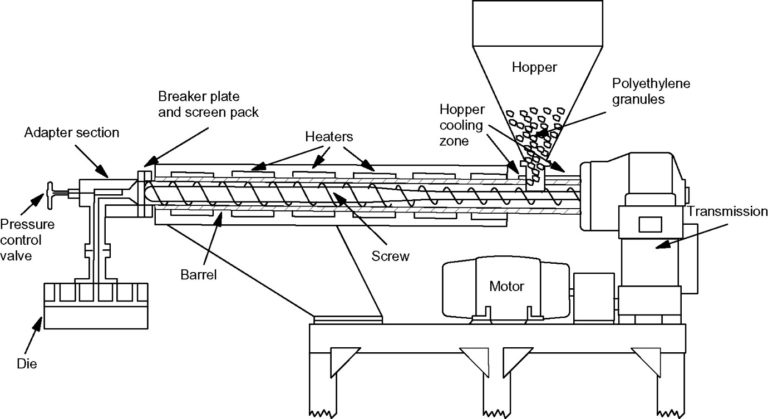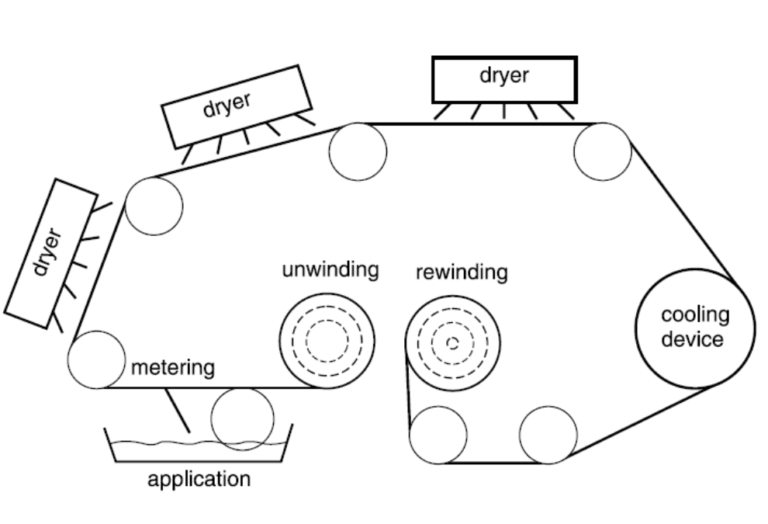Hello and welcome!
Before starting this quiz, make sure you are registered and logged into ForestBioFacts, otherwise your answers are not recorded into the system after the finishing the quiz. In order to achieve the best and unbiased results it is important to do this test correctly and to focus. This is an open book quiz and having materials alongside this quiz is allowed. However, speaking and helping each other is not allowed! Once you leave this page, your answers might be gone so if you want to access your materials, please open them in separate tabs. To complete this test, you must answer all questions. After answering all questions remember to press “Finish Quiz” to successfully submit your answers. After completing this test, please fill in the post-questionnaire. In the post-questionnaire it is highly important for you to elaborate your answer unless otherwise stated.
We are ready to start! Thank you once again for participating!
Quiz Summary
0 of 44 Questions completed
Questions:
Information
You have already completed the quiz before. Hence you can not start it again.
Quiz is loading…
You must sign in or sign up to start the quiz.
You must first complete the following:
Results
Results
0 of 44 Questions answered correctly
Your time:
Time has elapsed
You have reached 0 of 0 point(s), (0)
Earned Point(s): 0 of 0, (0)
0 Essay(s) Pending (Possible Point(s): 0)
Categories
- Not categorized 0%
- 1
- 2
- 3
- 4
- 5
- 6
- 7
- 8
- 9
- 10
- 11
- 12
- 13
- 14
- 15
- 16
- 17
- 18
- 19
- 20
- 21
- 22
- 23
- 24
- 25
- 26
- 27
- 28
- 29
- 30
- 31
- 32
- 33
- 34
- 35
- 36
- 37
- 38
- 39
- 40
- 41
- 42
- 43
- 44
- Current
- Review
- Answered
- Correct
- Incorrect
-
Question 1 of 44
1. Question
Did you read the pre-materials given to you before arriving to do this test?
-
Question 2 of 44
2. Question
1. What role do recycled materials play in the circular bioeconomy? Answer max with two sentences. Based on article Carbon cycle and circular bioeconomy.
-
This response will be awarded full points automatically, but it can be reviewed and adjusted after submission.
-
-
Question 3 of 44
3. Question
2. True or false:
a) The primary source of new raw materials for the circular bioeconomy is the biological carbon cycle formed by the biosphere and the atmosphere. Section 2 questions are based on article Carbon cycle and circular bioeconomy.
-
Question 4 of 44
4. Question
b) In modern pulp mills, the main energy source is non-renewable fossil fuels.
-
Question 5 of 44
5. Question
c) Growing forests act as carbon sinks by accumulating carbon in trees through biosynthesis.
-
Question 6 of 44
6. Question
d) The burning of fossil fuels creates an anthropogenic CO2 flux that has a natural counterpart which returns CO2 back to fossil deposits.
-
Question 7 of 44
7. Question
3. Pick the correct answer. The multiple-choice questions will have only one correct answer unless otherwise stated. Section 3 questions are based on article Carbon cycle and circular bioeconomy.
a) What role do growing forests play in the carbon cycle?
-
Question 8 of 44
8. Question
b) What has been the impact of effective forest management techniques on global carbon balance since 1900?
-
Question 9 of 44
9. Question
c) Which materials are mentioned as being part of the circular bioeconomy’s recycled raw materials? You can pick more than one
-
Question 10 of 44
10. Question
4. Explain why continuous cover forestry is considered beneficial compared to conventional forestry methods. Answer max with two sentences. Section 4 question is based on the article The bioeconomy is humankind’s greatest opportunity.
-
This response will be awarded full points automatically, but it can be reviewed and adjusted after submission.
-
-
Question 11 of 44
11. Question
5. Section 5 questions are based on the article The bioeconomy is humankind’s greatest opportunity.
True or false:
a) Wood is the main raw material of the forest bioeconomy because of its scarcity and low renewability.
-
Question 12 of 44
12. Question
b) In Finland, about 20% of the total energy consumption is met by wood-based fuels
-
Question 13 of 44
13. Question
c) Continuous cover forestry is a method that involves clearcutting entire forests and is not focused on sustainability
-
Question 14 of 44
14. Question
d) Forests act as carbon sinks and help in sequestering carbon dioxide from the atmosphere
-
Question 15 of 44
15. Question
e) The majority of Finland’s forests are under government ownership and are not certified for sustainable forestry
-
Question 16 of 44
16. Question
6. Pick the correct answer. The multiple-choice questions will have only one correct answer unless otherwise stated. Section 6 questions are based on the article The bioeconomy is humankind’s greatest opportunity.
a) What is the main raw material of the forest bioeconomy?
-
Question 17 of 44
17. Question
b) Which method of forestry is becoming more common alongside conventional periodic eve-aged forestry in Finland?
-
Question 18 of 44
18. Question
c) What are the benefits of using wood as a raw material in the forest bioeconomy? You can pick more than one
-
Question 19 of 44
19. Question
d) What are the key aspects of sustainable forestry? You can pick more than one
-
Question 20 of 44
20. Question
e) What roles do forests play in combating climate change and supporting the bioeconomy? You can pick more than one
-
Question 21 of 44
21. Question
Section 7 questions are based on the article Key words.
7. True or false:
a) Anthropogenic activities have no impact on the greenhouse gas levels in the atmosphere
-
Question 22 of 44
22. Question
b) All bioplastics are biodegradable and can be composted
-
Question 23 of 44
23. Question
c) The boreal forest zone covers about 15% of the continental area and is known for its high species diversity in undergrowth
-
Question 24 of 44
24. Question
d) Continuous cover forestry involves clear-cutting large areas of forest to promote regeneration
-
Question 25 of 44
25. Question
8. Based on the video by Heikki Hassi, forest products can substitute for fossil-based products and capture carbon dioxide released by human activities. The video can be on the article The bioeconomy is humakind’s greatest opportunity.
-
Question 26 of 44
26. Question
9. Based on the video by Heikki Hassi, what are the two benefits of controlled usage of forest resources? The video can be found under the article of The bioeconomy is humankind’s greatest opportunity.
-
Question 27 of 44
27. Question
10. True or false: Based on the video by Seppo Kellomäki, building more wooden houses can help reduce carbon emissions by avoiding the use of concrete, known for its massive carbon emissions. The video can be found under the article of The bioeconomy is humankind’s greatest opportunity.
-
Question 28 of 44
28. Question
11. Based on the video by Seppo Kellomäki, forests are considered a non-renewable resource that cannot be used indefinitely. The video can be found under the article of The bioeconomy is humankind’s greatest opportunity.
-
Question 29 of 44
29. Question
12. What are the two advantages of Dispersion coating concerning recycling of coated board? Answer max with two sentences. Section 12 question is based on the article Dispersion coating
-
This response will be awarded full points automatically, but it can be reviewed and adjusted after submission.
-
-
Question 30 of 44
30. Question
13.What is the difference in production technique combining board with polyethylene layer by a) Extrusion coating versus b) Hot melt lamination? Answer max with two sentences. Section 13 question is based on the articles Extrusion coating and Lamination
-
This response will be awarded full points automatically, but it can be reviewed and adjusted after submission.
-
-
Question 31 of 44
31. Question
Section 14 questions are based on the article Dispersion coating
14. True or false
a) In dispersion coating latexes typically resemble the appearance of milk
-
Question 32 of 44
32. Question
b) Latexes used in dispersion coating are not water-borne emulsion polymers
-
Question 33 of 44
33. Question
c) Besides water and polymer, latexes in dispersion coating does not contain several additives and fillers
-
Question 34 of 44
34. Question
15. Match the right lamination process with the right figure. This section 15 is based on the article Lamination
Sort elements
- Hot melt lamination process
- Wet lamination process
- Dry lamination process
- Solventless lamination process
-
<img src="https://forestbiofacts.com/wp-content/uploads/2024/02/hot-melt-lamination-process-768×378-1.png" alt= />
-
<img src="https://forestbiofacts.com/wp-content/uploads/2024/02/wet-lamination-process-768×500-1.png" alt= />
-
<img src="https://forestbiofacts.com/wp-content/uploads/2024/02/dry-lamination-process-768×494-1.png" alt= />
-
<img src="https://forestbiofacts.com/wp-content/uploads/2024/02/solventless-lamination-process-768×464-1.png" alt= />
-
Question 35 of 44
35. Question
16. Pick the correct answer. The multiple-choice questions will have only one correct answer unless otherwise stated. Section 16 questions a & b are based on article Special coatings and treatments
a) In special coatings and treatments, surface treatments are used to:
-
Question 36 of 44
36. Question
b) Due to what reasons paper, polymers or paperboard rarely have the required surface properties?
-
Question 37 of 44
37. Question
c) What treatment can be defined as ”the fourth state of matter”? Question 12c is based on the article Surface treatment
-
Question 38 of 44
38. Question
17. Match the right coating process with the right figure. This section 17 is based on the articles Extrusion coating and Dispersion coating
Sort elements
- Extrusion coating
- Tandem extrusion
- Dispersion coating
-
Question 39 of 44
39. Question
18. Pick the correct answer. The multiple-choice questions will have only one correct answer unless otherwise stated. Questions of section 18 are based on the article Packaging
a) What important functions do packaging provide? You can choose more than one
-
Question 40 of 44
40. Question
b) What is the most common package printing method?
-
Question 41 of 44
41. Question
c) Why do cartons usually require varnishing?
-
Question 42 of 44
42. Question
19. Pick the correct answer. The multiple-choice questions will have only one correct answer unless otherwise stated. Section 19 questions are based on the article Closing of packages
a) What ways can packages be closed? you can choose more than one
-
Question 43 of 44
43. Question
b) What closing method is often used for extrusion coated materials?
-
Question 44 of 44
44. Question
c) What closing method is often used for folding cartons?



